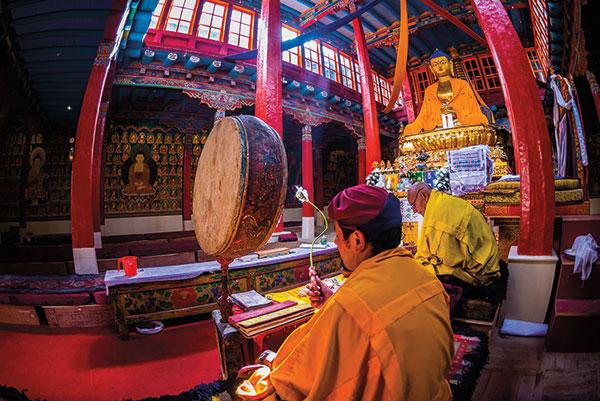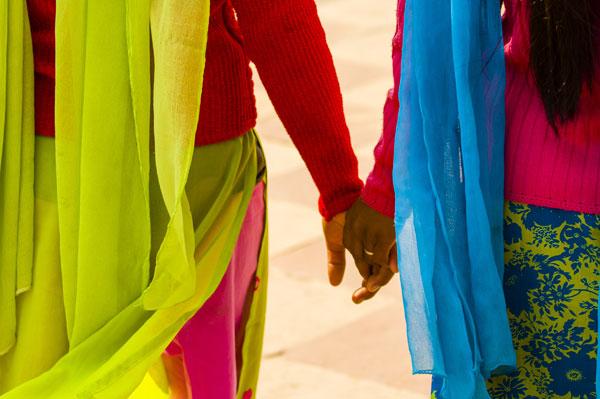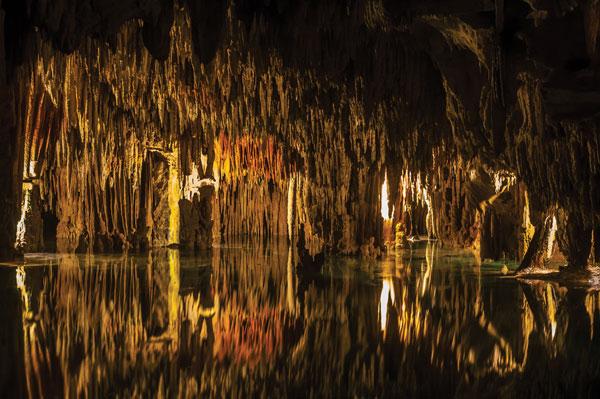|
Mar 06, 2015
|
Dec 26, 2014
|
Oct 29, 2014
|
Aug 15, 2014
|
Jun 24, 2014 |
First Published: May 01, 2014
|
May 06, 2014 |
First Published: Mar 01, 2014
|
Mar 07, 2014 |
First Published: Jan 01, 2014
|
Dec 27, 2013 |
First Published: Nov 01, 2013
|
Oct 15, 2013 |
First Published: Sep 01, 2013










